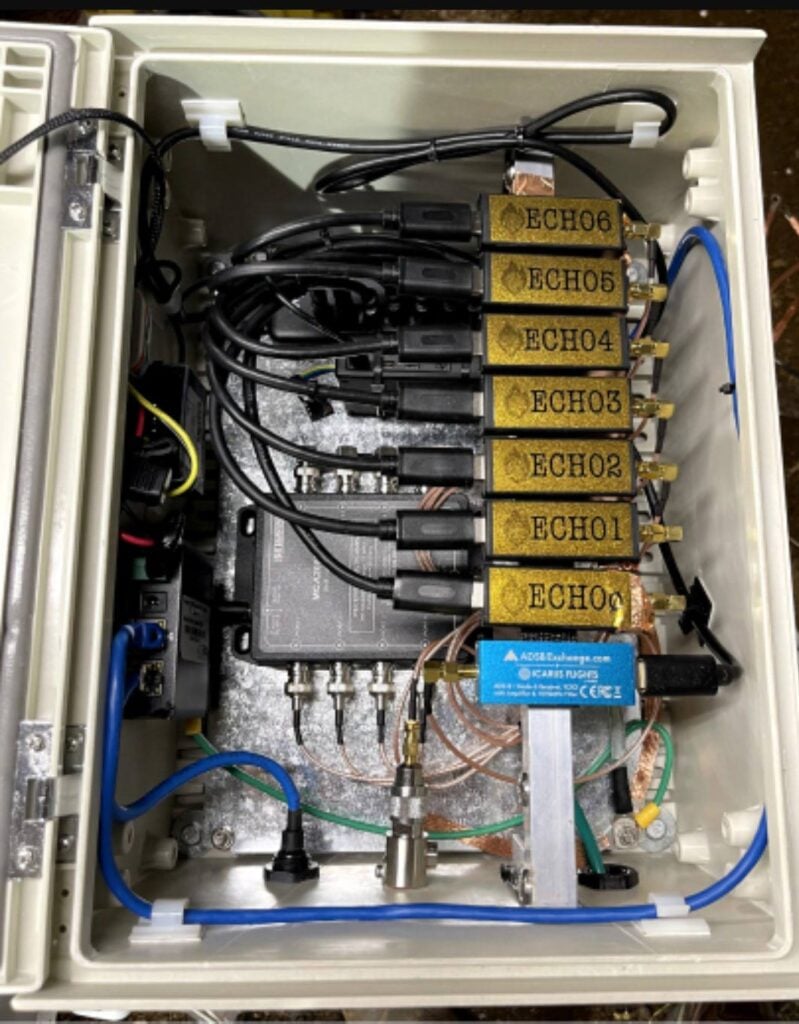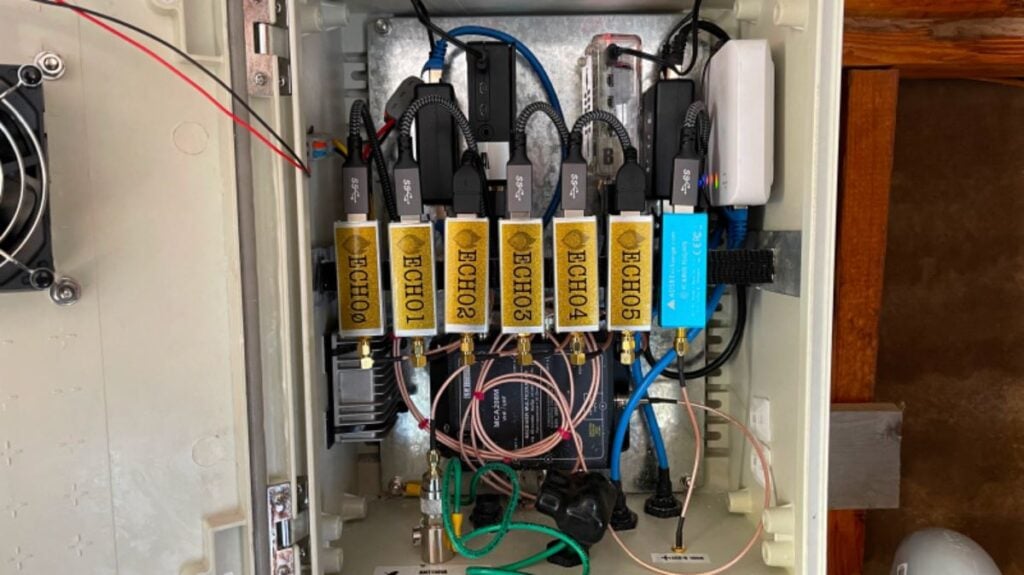SignalsEverywhere: Build an RTL-SDR Based OP25 Radio Scanner with a Mobile Control Head Android App
Welcome back to Sarah from the SignalsEverywhere YouTube channel who has recently returned to producing videos from a hiatus. In her latest video, Sarah shows off her new OP25 Mobile Control Head Android App which allows you to implement a full P25 digital radio scanner at a fraction of the cost of a commercial digital scanner. In the past, Sarah had released a similar application written for the Raspberry Pi but has decided to shift her focus to writing an equivalent Android app that is less clunky and can be deployed for a lower cost.
The app controls and displays information from the OP25 software that runs on a Raspberry Pi with RTL-SDR connected. It works by using a server application on the Raspberry Pi that manipulates the OP25 instance and its configuration files.
Sarah writes:
The application is a wrapper for OP25 that uses a raspberry pi and an android device to provide users with a mobile control head for their OP25 P25 scanner setup. Currently it's just a basic application but I'll be adding features like automatic site switching, etc.
OP25MCH: https://github.com/SarahRoseLives/OP25MCH
There is also a separate application I call the OP25Display which is just a display for a users existing OP25 instance.
OP25Display: https://github.com/SarahRoseLives/op25display

